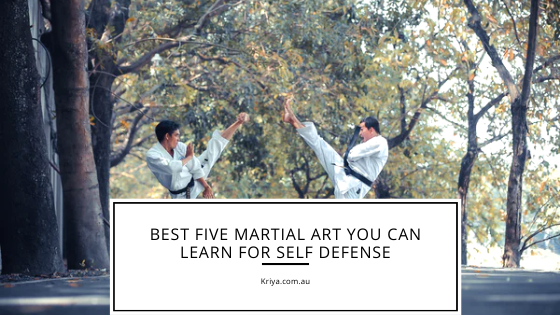
Best Five Martial Art You Can Learn For Self Defense
One of my neighbours has enrolled her 5 five-year-old kid in a martial arts class. It looks so wonderful when I see such a young kid wearing that Martial arts dress, holding his mom’s hand, and walking down the street for his evening Martial Arts classes. At a young age, his mom wants him to learn self-defence tactics and become a brave man. I think it is right to make the child grab those forms of movements of the body to save himself, build self-confidence, and face this world.
Martial Arts have been ingrained in various cultures and traditions since time immemorial. They are combats practised for self-defence, military and law enforcement applications, competition, physical, mental, and spiritual development, entertainment, or preserving one’s culture.
Although the term martial arts has become associated with the fighting arts of East Asia, it originally referred to the combat systems of Europe as early as the 1550s. The term is derived from Latin and means “arts of Mars”, the Roman god of war.
I think when we existed in the form of tribes, fighting arts or fighting systems were developed by people of that time, and on the basis now, many forms of martial arts are there to perform, not specifically to become a warrior but to prepare your body for self-defence.
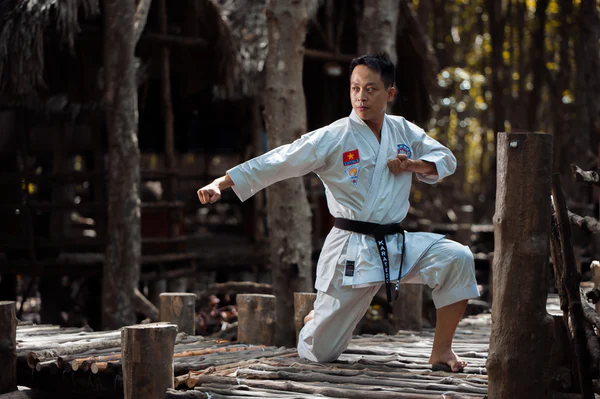
There are two main types of martial arts: traditional/historical arts and contemporary styles, like folk wrestling, compared to modern hybrid martial arts. Such forms can be taught with any arm or weapon or without it, armed by type of weapon being swords, sticks, etc., and unarmed by type of combat like grappling vs. striking, stand-up fighting vs. ground fighting.
Many martial arts, especially those from Asia, also teach side disciplines that pertain to medicinal practices. This is particularly prevalent in traditional Asian martial arts, which may teach bone-setting, herbalism, and other aspects of traditional medicine.
Martial arts can also be linked to religion and spirituality. Numerous systems are reputed to have been founded, disseminated, or practised by monks or nuns. Throughout the Asian arts, meditation may be incorporated as part of the training. The practice may be used to attain enlightenment in those arts influenced by Hindu-Buddhist philosophy.
Click here to use the best meditation apps.
Regarding the non-physical qualities of combat, Japanese styles are often strongly influenced by Mahayana Buddhist philosophy. Concepts like “empty mind” and “beginner’s mind” are recurrent. Aikido practitioners, for instance, can have a strong philosophical belief in the flow of energy and peace fostering, as idealized by the art’s founder, Morihei Ueshiba.
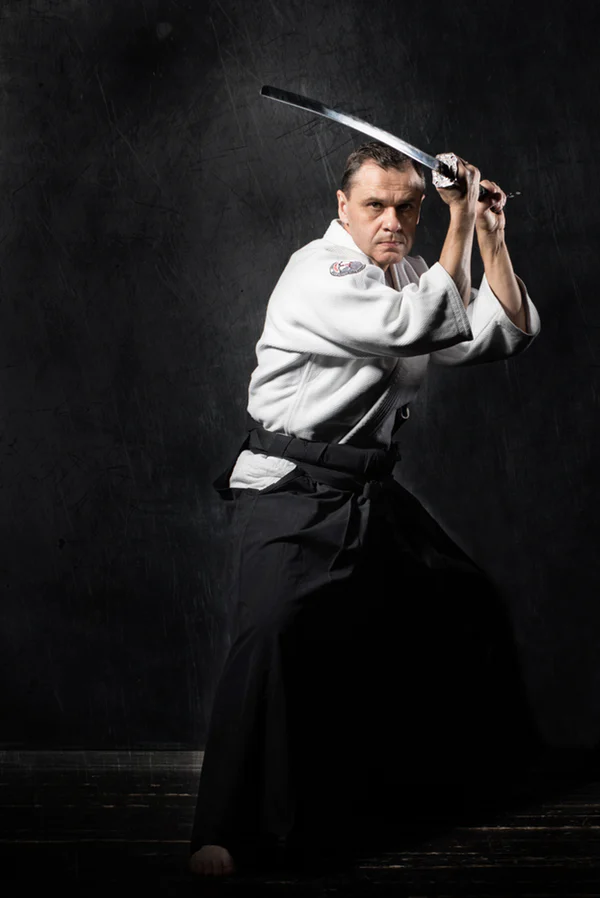
Traditional Korean martial arts emphasize the development of the practitioner’s spiritual and philosophical development. A common theme in most Korean styles, such as Taekkyon and Taekwondo, is the value of “inner peace” in a practitioner, which is stressed to be only achievable through individual meditation and training. The Koreans believe that using physical force is only justifiable for defence.
Some martial arts in various cultures can be performed in dance-like settings for various reasons, such as to evoke ferocity in preparation for battle or show off skill in a more stylized manner, with capoeira being the most prominent example. Many such martial arts incorporate music, especially strong percussive rhythms.
Sounds interesting, right? So, if you feel like joining such a powerful class or learning the combat form of this beautiful traditional form of art, here are the Best Five Martial Art You Can Learn For Self Defense. By learning this art form, you can physically and mentally prepare to face any adverse situation.
1. Taekwondo
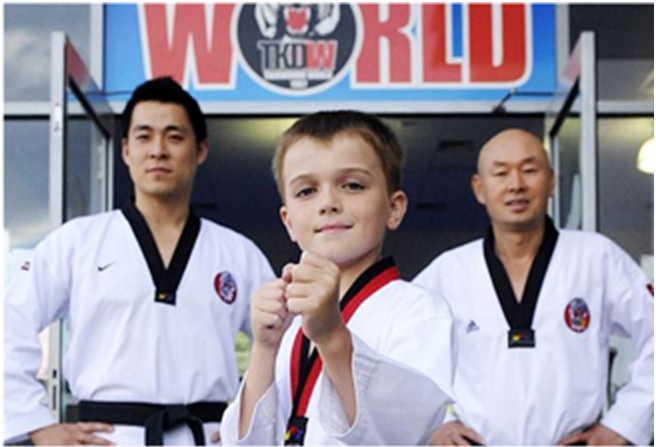
Taekwondo is a very popular form of martial arts that originated in Korea. The term means “the way of kicking and punching.” This form of martial arts has many lethal moves that can cause grave damage to the opponent. Taekwondo is all about fast kicks, which is best for kids and women.
The main international organizational bodies for taekwondo today are the International Taekwon-Do Federation (ITF), founded by Choi Hong Hi in 1966, and the partnership of the Kukkiwon and World Taekwondo (WT, formerly WTF), founded in 1972 and 1973 respectively by the Korea Taekwondo Association. The governing body for Taekwondo in the Olympics and Paralympics is World Taekwondo.
There are many Taekwondo classes to join in and around Australia. Click here for free uniforms and two weeks of training at Taekwondo World Australia.
2. Judo
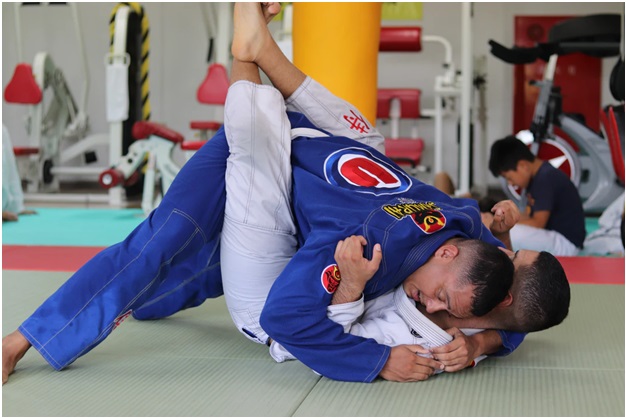
Judo is another of the most common martial arts. It is said that Judo’s birthplace is in Japan.
The prominent features of Judo are throws and takedowns rather than strong punches or fast kicks. In Judo, all the focus is on learning simple moves that can help you spin and slam your opponents on the ground. One does not need to build a strong body for that. Strikes, thrusts by hands and feet, and weapons defences are a part of judo, but only in pre-arranged forms and are not allowed in judo competition or free practice. A judo practitioner is called a judoka.
Click here to find a Judo club near you.
Also, the University of New South Wales Judo Club is the largest judo club in Australia and has the country’s most successful kids judo training program. Due to its reputation abroad, the club attracts many international visitors.
3. Wing Chun

Wing Chun is believed to have originated in China. Wing Chun is said to have been created by a Buddhist Nun, Ng Mui. As per legends, Ng wanted to create a martial arts style that could be effective for any person, regardless of his/her size, weight, or gender. Wing Chun is a closed-range combat system that is excellent for self-defence.
Wing Chun favours a relatively high, narrow stance with the elbows close to the body. Within the stance, arms are generally positioned across the vitals of the centerline with hands in a vertical “wu sau” This style positions the practitioner to make readily placed blocks and fast-moving blows to vital striking points down the centre of the body: neck, chest, belly and groin.
Shifting or turning within a stance is done on the heels, balls, or middle of the foot, depending on lineage. Some Wing Chun styles discourage using high kicks because this risks counter-attacks to the groin. The practice of “settling” one’s opponent to brace them more effectively against the ground helps one deliver as much force as possible to them.
Wing Chun is in some sense a “soft” school of martial arts. However, if one equates that work as weak or without strength, then they are dead wrong. Chi Sau in Wing Chun is to maintain one’s flexibility and softness while keeping in the strength to fight back, much like the flexible nature of bamboo”.
Learn more about Martial Arts at Wing Chun Academy in Australia.
4. Aikido
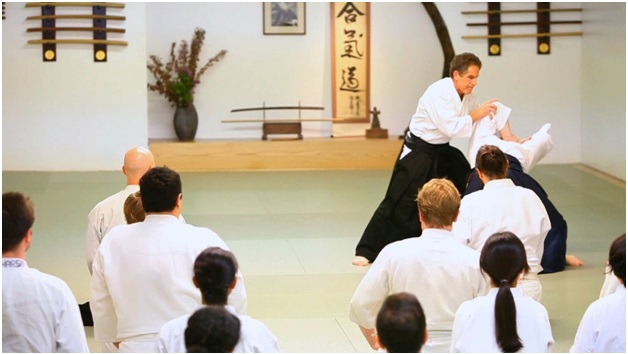
Aikido is another martial arts form that originated in Japan. This is one of the most intricate of all the different Japanese martial art forms. In Aikido, the attacker’s force and momentum throw him away or render his attack powerless. It is helpful because it does not require you to be stronger than the attackers to defend yourselves.
Morihei Ueshiba developed this modern Japanese martial art to synthesise his martial studies, philosophy, and religious beliefs. Ueshiba’s goal was to create an art that practitioners could use to defend themselves while protecting their attackers from injury. Aikido is often translated as “the way of unifying (with) life energy or as “the way of harmonious spirit”.
There are many Aikido classes in Australia that you can join to learn martial arts.
5. Krav Maga
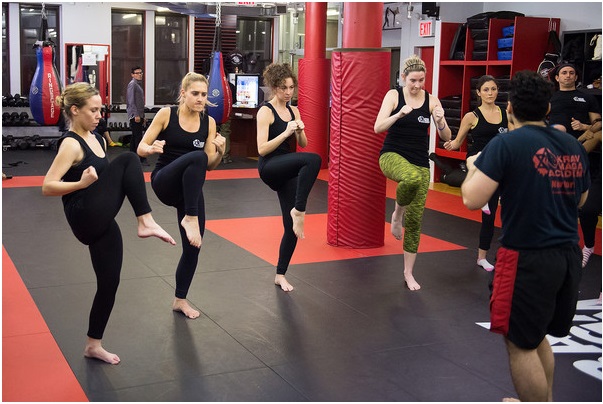
Krav Maga is the official self-defense system of the Israeli Defense Force. It was born out of street fights, and the main objective of this form of martial arts is to cause serious injury to the opponent using any part of the body, like knees and elbows. It is designed to quickly neutralize any armed and unarmed attacks.
From the outset, Krav Maga’s original concept was to take the most simple and practical techniques of other fighting styles (originally European boxing, wrestling, and street fighting) and make them rapidly teachable to military conscripts.
Krav Maga is a philosophy that emphasizes aggression and simultaneous defensive and offensive maneuvers. Several organizations teach variations of Krav Maga internationally.
Krav Maga self-defence is one such institute in Australia, among many others, that teaches this form of Martial Arts.
Besides these, there are many other types of Martial Arts that you can join. It takes time to learn this art form, and the more you practice, the more you are perfect in it. Also, the speed of the hand is critical in Martial Arts. To master the skill of martial arts, you must be able to launch numerous attacks quickly so that your opponent does not get a chance to react or respond. Perfection indeed comes with time, but practice makes you better. Now, search for a martial arts class or studio near you and join as a student or to become a trained professional.
